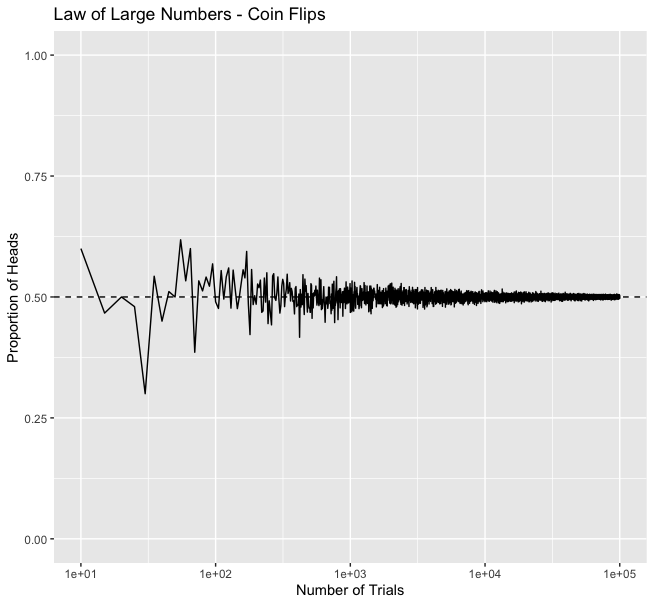1/ 🏗️ Mastering R's Object-Oriented Programming: S3, S4, and R6 Systems 🤖 Let's unravel the mysteries of R's object-oriented systems, and learn how to create flexible and reusable code! Join the thread for insights and examples. #rstats #OOP #datascience 

2/ 🔎 S3 System: The most widely used and simplest OOP system in R. Create classes using "class()" and define generic functions with "UseMethod()". S3 is informal, making it both easy to use and prone to errors. #S3 #OOP #RStats #DataScience
3/ 🛠️ Example - S3: Define a simple "Person" class and a "greet()" generic function.
#S3 #OOP #RStats #DataScience
#S3 #OOP #RStats #DataScience

4/ 🔬 S4 System: A more formal and strict OOP system, S4 introduces class definitions, validation, and multiple dispatch. Create classes using "setClass()" and methods with "setMethod()". #S4 #OOP #RStats #DataScience
6/ 🚀 R6 System: A modern and powerful OOP system, R6 introduces reference classes, making it easier to work with mutable objects. Create R6 classes with the "R6::R6Class()" function. #R6 #OOP #RStats #DataScience
8/ 🤔 Which system to use? S3 is suitable for small projects and quick prototypes. S4 is a better choice for larger projects and package development. R6 is recommended for complex projects requiring mutable objects and advanced OOP features. #RStats #OOP #DataScience
9/ 📚 Resources: Want to dive deeper into R's OOP systems? Check out these books:
"Advanced R" by Hadley Wickham
"R Programming for Data Science" by Roger D. Peng
"R Object-oriented Programming" by Kelly Black
#RStats #OOP #DataScience
"Advanced R" by Hadley Wickham
"R Programming for Data Science" by Roger D. Peng
"R Object-oriented Programming" by Kelly Black
#RStats #OOP #DataScience
10/ 🎉 In conclusion, understanding R's object-oriented programming systems (S3, S4, and R6) can help you create more flexible and reusable code. Explore these systems to level up your R skills! #RStats #AdvancedR #OOP #DataScience
• • •
Missing some Tweet in this thread? You can try to
force a refresh
 Read on Twitter
Read on Twitter










